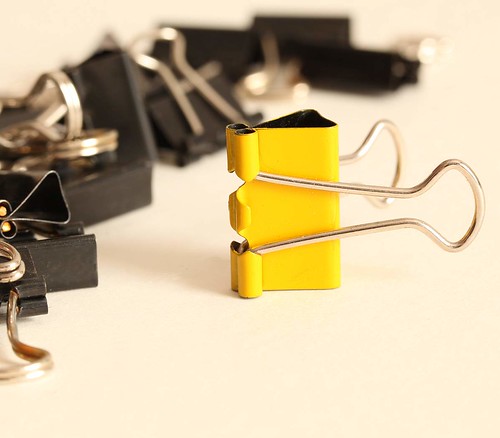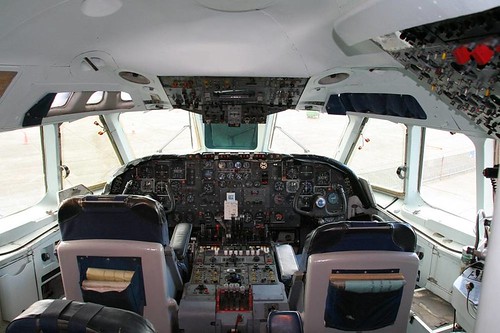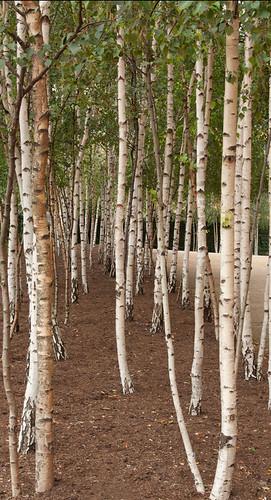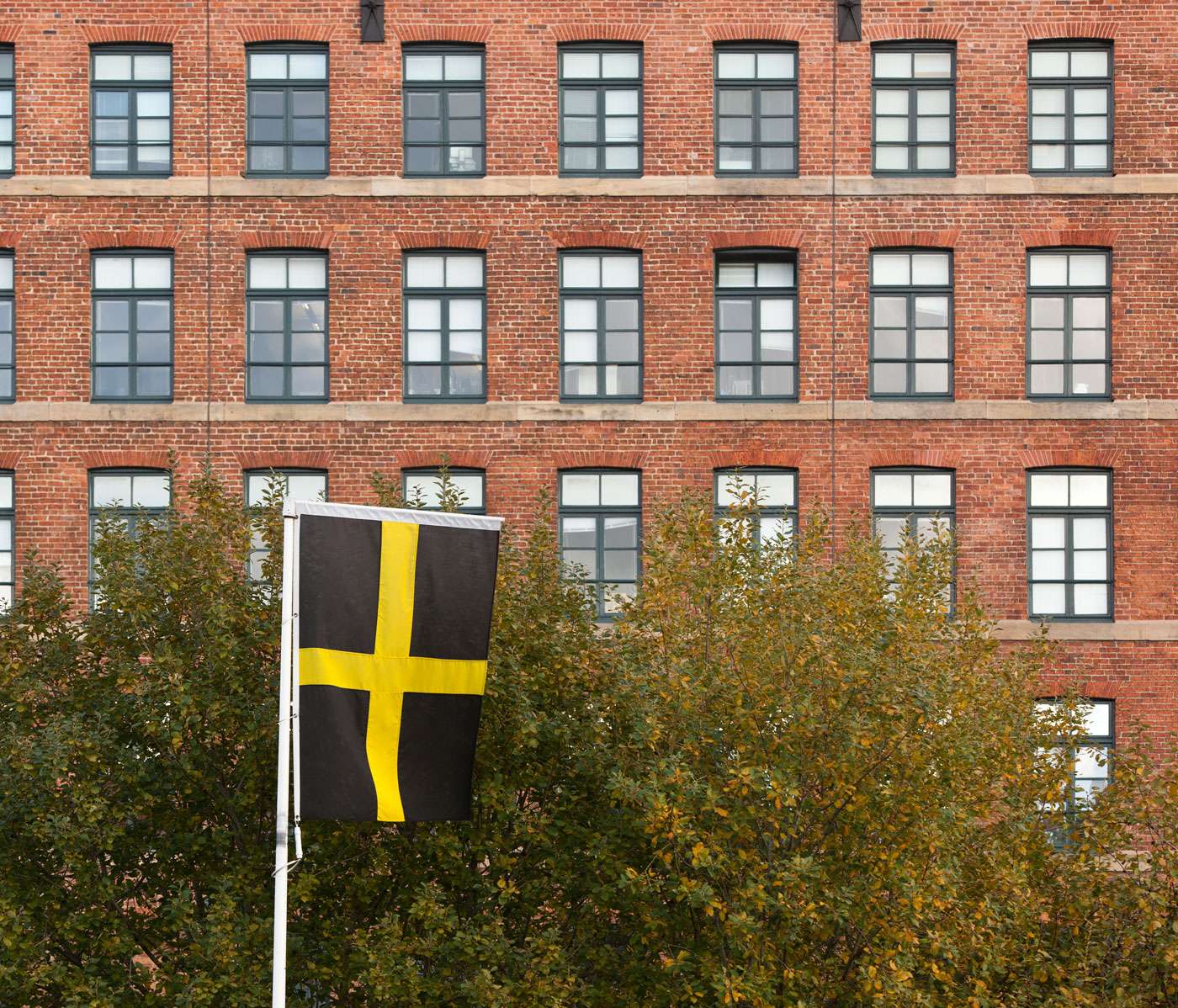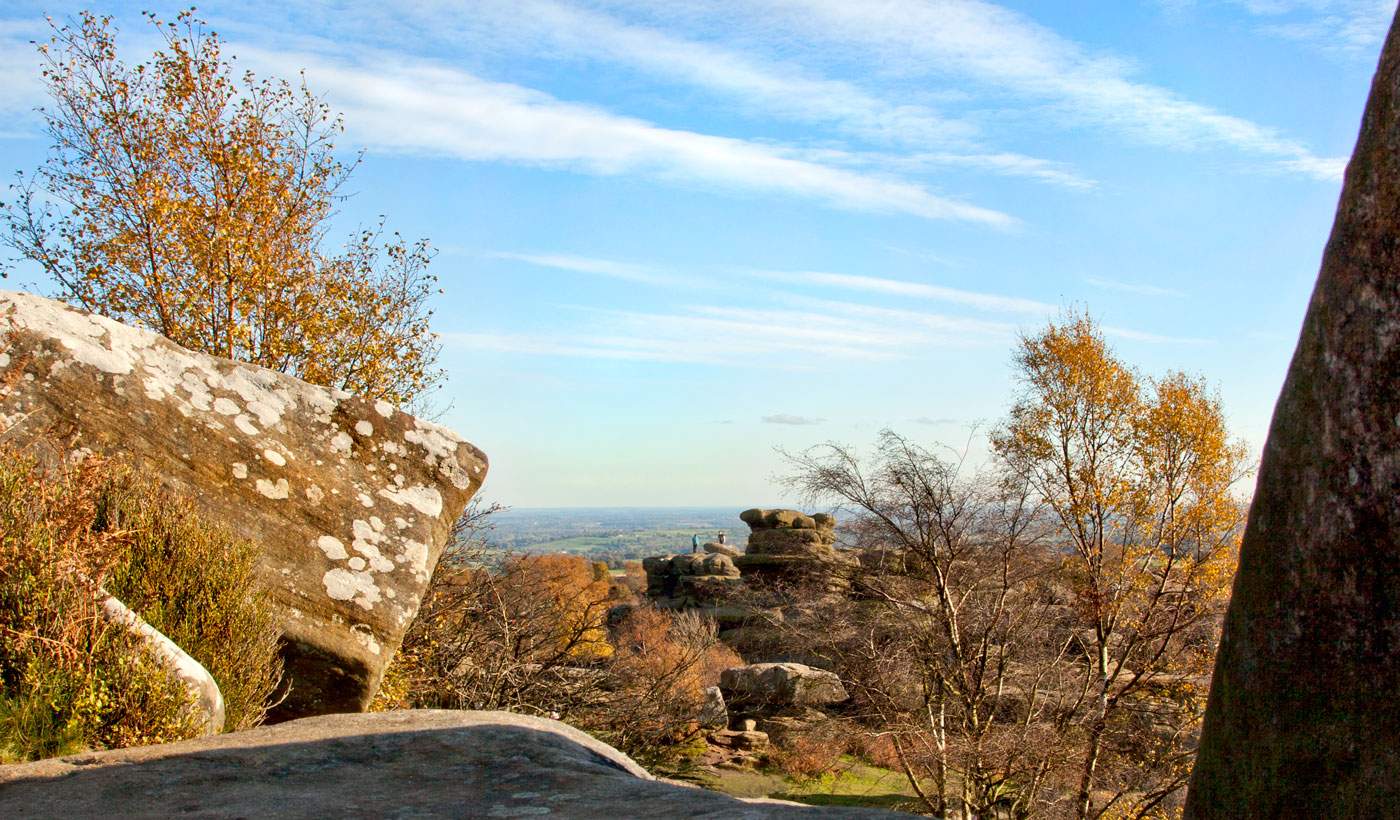Online selling? Better sales – great looking products
Selling online is about getting your product noticed. Nobody will pay top dollar for your product when others look better? A great photo is essential to your sale. Here are some questions to ask yourself. Does your product photo…
- Look great?
- Look clean?
- Show everything important?
- Show the product is in great condition?
- Represent the true colour?
- Show only the product?
Make your buyer think, “Yes, I want THAT one”! If lots of people want it then you can get a high price. If your photograph is dull, cluttered, dirty and with poor colour… forget it. Someone else will make the sale. Here are a few tips to help you get your online selling product looking good.
Photographic background for online selling
Make sure that your background is looking good when online selling. White is a colour that looks crisp, clean and bright. It can lift the mood of your shot immediately. It is also a neutral colour so it goes well with most others. It will not clash with your product and will look great.
You can buy large white card sheets cheaply from a local art or stationery suppliers. Look after it and you can use it hundreds of times for your online selling backgrounds. You might also try this technique for white backgrounds… Simple photography in the bath – high key shots.
Use a card bent in the middle so you can see it below and behind the product. Or, use two boards jointed with white tape to hide the join. This gives the feeling of infinite white space around your product. Clean crisp white to infinity in your image is a great way to display a product for online selling. Online catalogues use this technique a lot.
For very brightly coloured or white products, use another neutral colour. Off-white, cream or black cards are great as backgrounds. They will not distract buyers from your product. Black is good for focusing the attention on the subject. Cream is a slight contrast from yellows or very bright colours. Make sure your colours and background are sympathetic to the subject. If they clash your online selling will bomb.
Distractions…
Make sure there is only your product in view. Other items are a distraction for the buyer. They will wonder why it is there and what it has to do with the sale. Online selling relies on your product being the centre of attention. Simplify the scene as much as possible. Present the product as a centerpiece.
Make your online selling products interesting
Try to present the product in an interesting way. If there are multiple items in the product you can arrange them artistically. If you have only one item take it from an interesting angle. Try to think how most people look at the object and take the shot from a different viewpoint. If you normally look down on an object, look at it from below. If you normally see it from the side take it from above and so on. If someone sees the shot from a different view they will often spend more time looking at it. That is when you will be most likely to make a sale.
Warning: Check your photo for unexpected reflections or body parts. Many Internet joke sites have unfortunate pictures of people who did not notice dodgy additions to the shot!
It stands to reason that you should present a product well. Nobody will buy awful looking products. Great sales rely on a great looking product. It’s quite easy to improve your skills.
This book will help you to get to grips with making your product look outstanding. • eBay Photography the Smart Way •
Show the product in full
Consider if you need more than one view of your product. Some sites allow you to have several photos. Try to capture it from all sides without too many shots or you can cause indecision. With one picture, shoot from the best side so it presents well.Online selling pays off if you spend a little time presenting it in full and from the best angle.
Bring out all the good points. Product marketing aims for the ‘unique selling points’ of a product – the reasons why people want to buy it. So ensure you have these in the photo if possible. If not, write about it in your posting.
If there are accessories, additional products or extra items included, think carefully how to photograph them. Consider just listing them with the product on your advert. Extra photographs of something which is not the main product may weaken your message.
Lighting the shot for online selling
If using images straight from your camera beware of light casts. Indoors tungsten bulbs and fluorescent lights can strongly colour the scene. Choose the ‘Tungsten’ or ‘fluorescent’ setting in your ‘White balance’ menu. This will off-set the colour cast. You will get a more realistic colour.
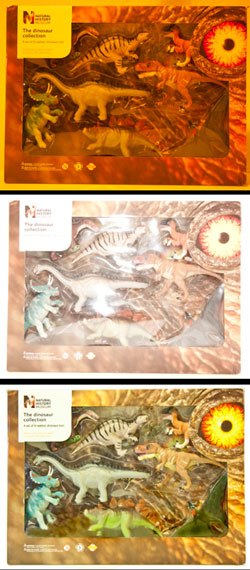
The right lighting will help you sell your project.
Top: Underexposed, dim light with a tungsten colour cast - unappealing.
Middle: Nasty highlights, too bright, reflections, washed out colour - distracted buyer.
Bottom: Diffused light, proper camera settings - An attractive product.
.
Harsh lights and flash both create over-brightness which is ugly and distracting. It puts customers off. Most people use flash – it’s easy and already set up in their camera. Unfortunately, it is often far too bright and harsh, sharpening the shadows and washing out the colours. Many cameras allow you to turn down the flash. Look through the menus for the flash control. If you are close to the product for the photo then the lowest setting is probably fine.
You may also need to diffuse the flash. You can put tissue paper over the flash panel and tape it on. Alternatively you can deflect the flash or point it at a wall/ceiling so the light is bounced around the room. This gives a nice even and diffused light.
If you used bounced light for your online selling photographs, be careful about coloured walls. They can cause colour casts. This leaves your product looking odd coloured and unattractive.
Look out for nasty highlights, bright sparkles and bright reflections. They are totally distracting and will put off potential buyers. Find a way to light your product to get rid of them. Good online selling requires your customer to like the product and not be distracted by the photography!
Taking the shot
Here is a quick checklist…
- Make sure the whole object is properly in focus.
- For maximum sharpness use a tripod – very important.
- Make sure the product is spotless – really work on cleanliness.
- Set white balance and lighting correctly to get the best colours.
- Arrange your scene in a pleasing way.
- Get close to fill the frame to provide the most detail you can.
- Try not to lop bits off your subject – get it all in the frame.
- Shoot and re-shoot… get it right.
Finally…
Practice for online selling
Don’t assume you will get it right straight away. Take a shot and look at it very carefully. Re-shoot several times if necessary. Download the shot and look at it on the computer. Be prepared to go back to get it right.
If you are serious about selling things online this is your chance to do it well. The key is good lighting and careful attention to detail. With practice you will get it right quicker, increase your business and have fun with your photography.
Comments, additions, amendments or ideas on this article?
Contact Us or leave a comment at the bottom of the page…
Like this article? Don’t miss the next — sign up for tips by email.
Photokonnexion Photographic Glossary – Definitions and articles.
light resources page
Simple photography in the bath – high key shots
Hard light (A Glossary entry)
Soft light (A Glossary entry)

Damon Guy (Netkonnexion)
See also: Editors ‘Bio’.
By Damon Guy see his profile on Google+.

